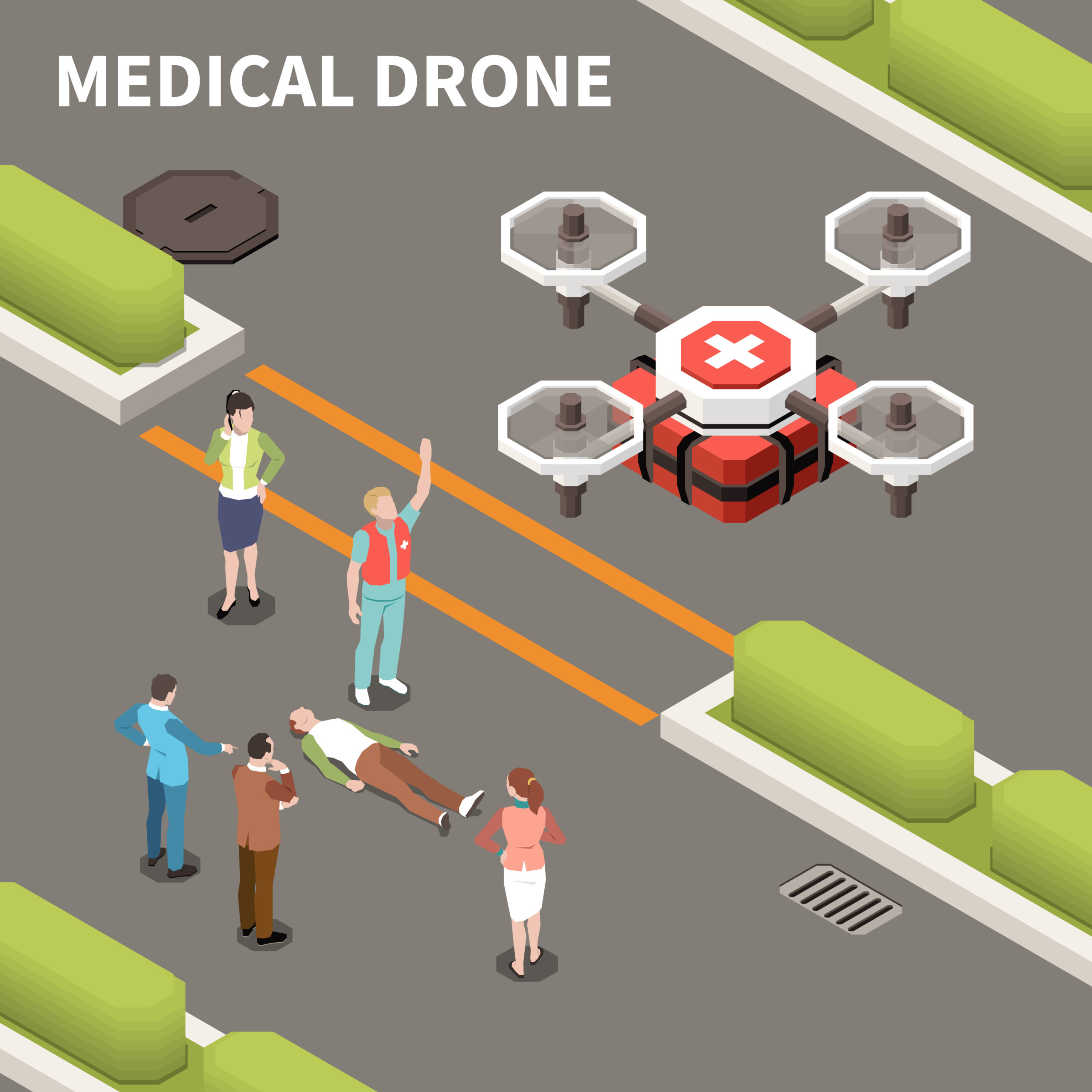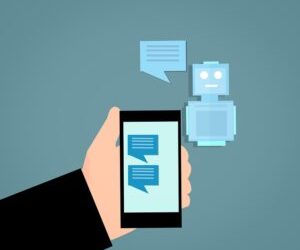Instead of waiting in line at the pharmacy to pick up medication, wouldn’t it be more convenient for it to arrive promptly at your home? That’s the premise behind using drones to deliver medications, a service being offered or trialed by a handful of medical centers and pharmacies, including Intermountain Health in Salt Lake City and Amazon Pharmacy.
Here’s how it works: Pharmacists prepare medications as they would for mail order delivery, then send them by courier to a nearby “nest” of drones (or load them on-site if the hospital has its own nest). Medications are placed in the drone, and customers are alerted by email or text that their delivery is ready. They use a mobile application to select a 10-minute delivery window when they will be available to retrieve the package. Then, at the appropriate time, the drone is programmed to launch, fly to the person’s home and release the medication attached to a small parachute that drops it slowly to the ground.
If a recipient has a change in schedule, they can use the app to cancel deliveries up to 90 seconds beforehand. The drone would then return to the nest, and an employee would put the medication back in the refrigerator or secure storage until the rescheduled delivery time.
Drones, also known as unmanned aerial vehicles, can complete a 10-mile delivery in about 10 minutes. And it can target an area as small as a patio table or the front steps of a home, according to a news release from Cleveland Clinic, which announced it is planning to begin using drones to deliver medications to patient homes starting in 2025.
The drones do offer a few advantages, Mason Hilton, director of pharmacy services at Intermountain Health, said. Patients like the convenience of selecting their delivery times; medications won’t sit in a mailbox for hours exposed to overly hot or cold temperatures because the patient is available to receive them; and while the drones can’t fly during a snowstorm, as soon as the sky clears, they can resume operations, unlike ground deliveries, which may have to wait for snowplows to clear the roads.
Amazon Pharmacy is offering free drone delivery within an hour of ordering for some 500 medications, including those for flu, asthma and pneumonia, to customers in College Station, Texas. Drones are outfitted with sensors and cameras that allow them to navigate around people, pets and power lines.
Use of drones could expand. Hilton said his team is considering trialing them for applications such as delivering laboratory tests to patients or moving certain high-cost medicines from a centralized pharmacy to satellite facilities. They also are considering building a drone nest on or adjacent to their campus, and hope to get an expanded certification from the Federal Aviation Administration to pursue deliveries at a greater distance from the hospital. At the Cleveland Clinic, administrators are looking to expand drone use for delivery of lab samples, prescription meals, medical and surgical supplies, and items for hospital-at-home services — which typically are sent by courier or ground delivery.
Other uses for drones
Here are some other uses of drones reported in the news:
- Drones and other unconventional delivery platforms could play a significant role in supply chain logistics, especially during emergencies or in areas not easily accessible, said Régine Villain, chief supply chain and support services officer at Ochsner Health in New Orleans, in a story in Becker’s Hospital Review. “They will possibly deliver not only medical supplies but also drugs, blood samples, lab specimens or even organs for on-demand and more efficient distribution,” she told the publication.
- Researchers at the University of Cincinnati invented a telehealth drone to improve access to medical services. It has cameras and a display screen, allowing patients to speak with health care practitioners from their homes.
- During the pandemic, the government of Ghana used drones to help deliver coronavirus vaccines to remote areas.
- In Europe, drones have been used to deliver automated external defibrillators (AEDs) to patients in need, allowing bystanders to start defibrillation before an ambulance arrives. In one case, an AED was delivered within three minutes to a man in Sweden who went into cardiac arrest while shoveling snow, allowing his neighbor to help save him.
- At Health Journalism 2019, transplant surgeon Joseph Scalea discussed how he had used a drone to transport a donor kidney from a local procurement organization in the greater Baltimore area to the University of Maryland Medical Center downtown, where it was implanted in a patient.
Story angles/questions to ask:
- Ask a local medical center how they are using them and how it’s going.
- Interview patients on the receiving end of deliveries to see how that experience has been.
- Look into the finances: How does the expense of these compare with other delivery methods?
- What are the benefits? What is the potential to expand? What are the limitations?
Resources
- Drone Delivery: Intermountain Drops Meds at Patients’ Doorsteps — an article from the American Society of Health-System Pharmacists.
- Cleveland Clinic to Offer Prescription Delivery to Patients’ Homes Using Drones — a news release from the Cleveland Clinic.
- Get medications faster with drone delivery from Amazon Pharmacy — an article from Amazon.com that includes a video demonstrating how the drones work.
- From AI to drones: The future of hospital supply chain — an article from Becker’s Hospital Review.
- Drones May Become ‘The Next Big Thing’ in Healthcare Delivery — an article from Forbes.com.
- New UC telehealth drone makes house calls — a news release from the University of Cincinnati.








